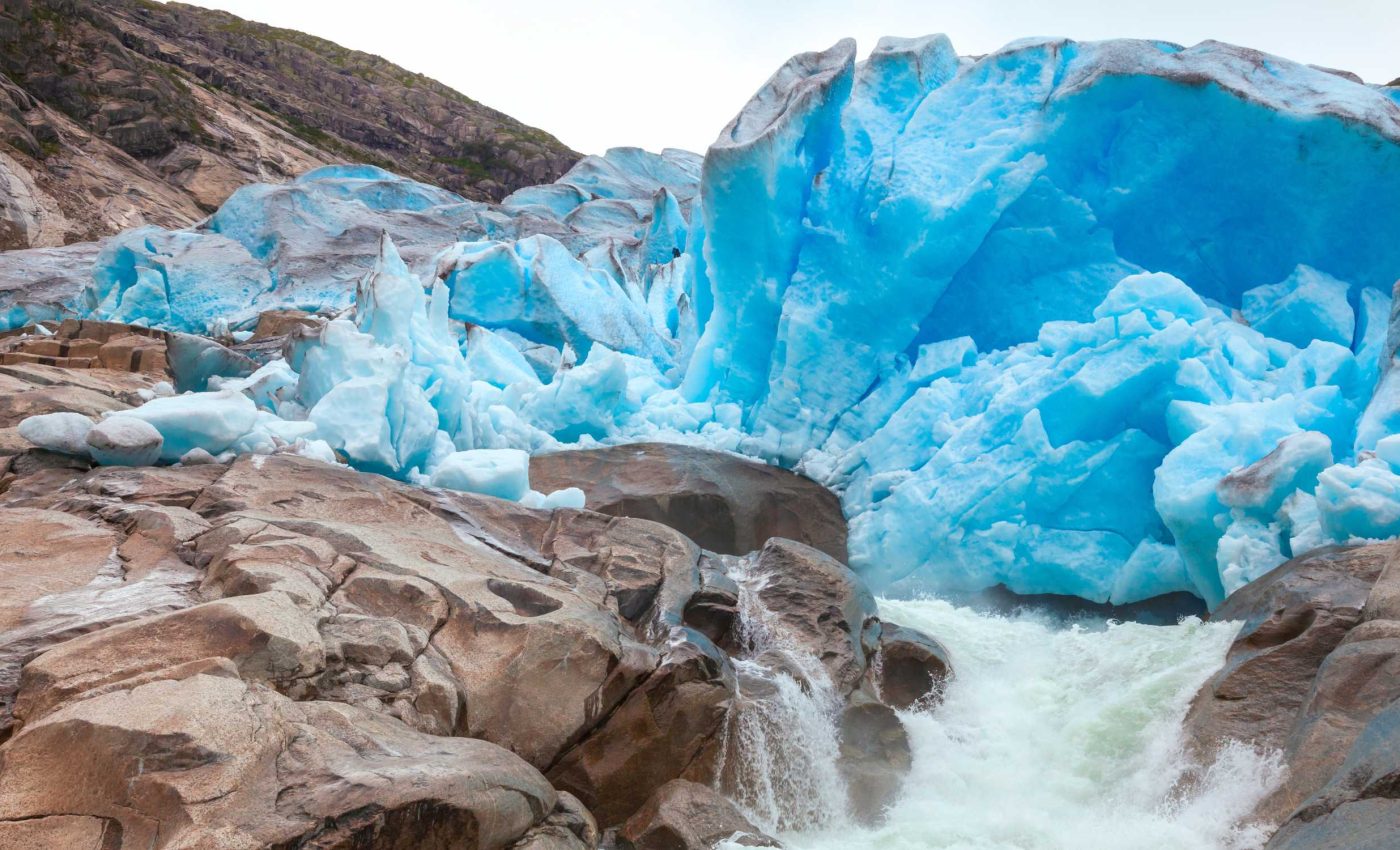
Carbon in glacier meltwater reveals pollution history
Glaciers can serve as giant archives of what is floating around in our atmosphere. They accumulate carbon and other matter carried by the wind, and preserve it in frozen layers for decades or even centuries.
Experts have found that these icy landscapes offer special insight into anthropogenic carbon, which is carbon introduced by human activities like burning fossil fuels.
A team of researchers led by Amy Holt from the University of Alaska Southeast has uncovered details about these contributions by sampling meltwater from ten glaciers in Alaska, Switzerland, Kyrgyzstan, and Ecuador.
Glaciers reveal carbon clues
Each glacier examined in the study had outflows carrying dissolved organic matter. This includes black carbon, which is the black residue left from fires and fossil fuel combustion.
Glaciers are different from forests or fields because they do not store large amounts of soil or vegetation. Scientists can therefore see how much carbon is deposited from the air, without much interference.
Identifying carbon sources in meltwater
Carbon arrives in glaciers from several sources. Some samples showed isotopic signals that indicated older, fossil-fuel-derived material, while others pointed to younger carbon that is often linked to biomass burning.
Working out the right proportions of each source meant looking at radiocarbon ages. Older signatures correlated with high levels of carbon from ancient geologic deposits, which is a strong sign of fossil fuel impacts.
Carbon differences across glaciers
Alaskan glaciers had more fossil-fuel-derived material in their meltwater. In Ecuador, the researchers noted a larger chunk of carbon from wildfires and microbial growth on the glacier surface.
This variation highlights the link between local pollution sources and the ice. One glacier might collect emissions from heavy industry while another picks up carbon from regional forest fires.
How carbon moves
Anthropogenic carbon contributed anywhere from 12% to 91% of the total carbon found in glacier outflows. The precise percentage depends on where the glacier sits and how air currents carry pollutants.
Sooty particles do not just darken the ice. They can get carried by meltwater into downstream ecosystems, where they may enter food chains or affect water chemistry.
Why the chemistry matters
The researchers discovered that chemical structures in glacier outflows shift when fossil fuel sources dominate. These shifts can change how easily the carbon is used by living things downstream.
Some carbon compounds remain in streams and rivers, while others might break down more quickly. The presence or absence of certain molecules can shape the balance of nutrients in aquatic habitats.
Carbon’s role in Earth’s cycles
These findings add to knowledge about biogeochemical cycles, which study how elements like carbon move through living and nonliving parts of Earth. Even remote, high-altitude glaciers are not immune to human activity.
Carbon that was once locked away underground is making its way into icy landscapes. That same carbon then travels to river basins when ice melts, linking industrial emissions to food webs.
“We highlight that spatial variability in the deposition of anthropogenic fossil fuel combustion byproducts to glacier ecosystems affects both the age and character of dissolved organic matter, likely influencing its fate,” said Holt, who was lead author of the study.
That perspective helps clarify the bigger picture. Each glacier becomes a window into how far pollution travels and how old sources of carbon can keep circulating.
Carbon traces in meltwater
Scientists commonly analyze surface ice for soot buildup. Fewer have examined dissolved black carbon and other molecular traces in outflow streams.
This shift in approach allows them to see what type of carbon flows away from the glacier. It also highlights the different forms that carbon can take once it leaves the ice.
Fossil fuels contain carbon that formed millions of years ago, so they leave an older isotopic signature. Wildfires, on the other hand, release carbon from plants and recent organic matter.
Some glaciers gather both ancient and modern carbon. Others tilt toward one type, reflecting local pollution patterns or repeated fires near their source regions.
Microscopic life on glaciers
Tiny organisms live on glacier surfaces, and feed on whatever nutrients they can find. They can create organic compounds that also wind up in meltwater.
In some regions, microbial production plays a larger role in dissolved organic matter. The study indicated that glacial streams in Ecuador held more fresh, microbially produced carbon.
Many local communities rely on glacial melt for drinking water, agriculture, or hydropower. If the chemistry of that meltwater changes, it may carry unexpected pollutants downstream.
Fish and wildlife depend on these waterways too. Changes in carbon content might alter food availability for the smallest aquatic organisms; this effect can then ripple up the food chain.
A look at tomorrow’s glaciers
As average temperatures rise, glaciers around the world continue to shrink. Meltwater rates may accelerate, possibly boosting the volume of anthropogenic carbon that enters rivers.
Understanding today’s levels of carbon will help researchers predict future shifts. If industrial emissions remain high, these icy reservoirs could see further changes in what they carry.
Glaciers do more than keep records of Earth’s past climate. They also show us how modern-day pollution spreads across continents and emerges in unexpected places.
Scientists intend to expand these studies to additional mountain ranges. They hope to see whether remote glaciers share the same patterns or if some remain relatively clean.
Future research directions
Future research may measure the fate of dissolved black carbon once it enters rivers. Some forms might break down, while others could linger or accumulate in lake sediments.
These next steps will deepen our understanding of how humanity’s energy choices connect to polar and alpine regions. Glaciers, despite their isolated appearance, reflect our global environmental footprint.
The study is published in the journal Global Biogeochemical Cycles.
—–
Like what you read? Subscribe to our newsletter for engaging articles, exclusive content, and the latest updates.
Check us out on EarthSnap, a free app brought to you by Eric Ralls and Earth.com.
—–













